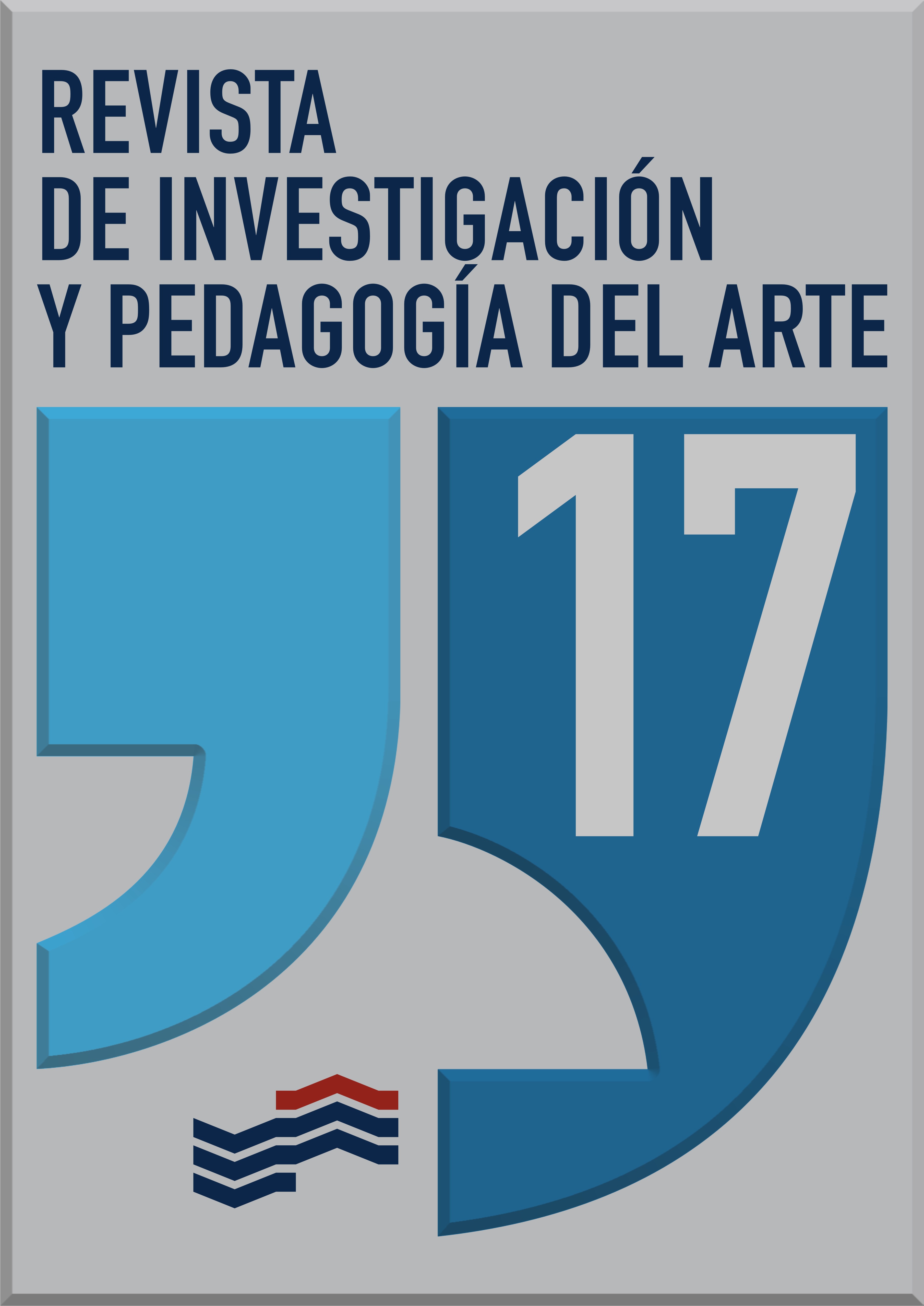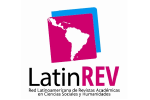Didactic planning using gestures as a resource to approach the performing arts in Baccalaureate students
DOI:
https://doi.org/10.18537/ripa.17.09Keywords:
Cultural and Artistic Education, gamification, theater, gestural theater, performing artsAbstract
Within the area of Cultural and Artistic Education, it is pointed out that it is a diverse subject in which multiple knowledge and practices are brought together, although in most cases such knowledge is limited to two: visual and musical arts, thus relegating the performing arts to the background, despite the importance they are supposed to occupy within the curriculum. All this is largely due to the lack of ECA teachers specialized in the area. That is why this proposal works from the educational gamification methodology together with the use of gestures to generate an approach to the performing arts and also seek to make visible the performing practices in adolescents.
Downloads
References
Arroyo, G. (2021). Modelo educativo implementado en Ecuador. Análisis y percepciones. Dominio de las Ciencias, 7(6). https://doi.org/10.23857/dc.v7i6.2378, 1019-1030.
Asale, R. (2019). Personaje. Diccionario de la Lengua Española. Diccionario de la lengua española. Edición del Tricentenario. https://dle.rae.es/personaje.
Berganza, M., Lim, J., Groot, B., Pellicer, C., López, E., Rodríguez, H., & Nathan, D. (2022). El poder del currículo para transformar la educación: Cómo los sistemas educativos incorporan las habilidades del siglo XXI para preparar a los estudiantes ante los desafíos actuales. IADB: Inter-American Development Bank.
Cruz, C. (2023). Gamificación en la educación: experiencias de aplicación. Apuntes de Ciencia & Sociedad, 11(01). https://doi.org/10.18259/acs.2023011, 102-111.
Dávila, G. (2017). Modelos Pedagógicos Para la Formación Docente en Ecuador. Una Mirada Histórica Hasta la Actualidad. EB UNAE. http://repositorio.unae.edu.ec/handle/56000/514.
Echevarria, S. (2023, 19 septiembre). CON VOZ PROPIA |Martín Peña: CRIME BRULE ES UN ACTO SUBVERSIVO | Santiago Ribadeneira Aguirre — El apuntador. El Apuntador. https://www.elapuntador.net/articulos/7qynkmmrgprjcnc0w401rks6h8gb1k#:~:text=En%20esencia%20el%20mimo%20corporal,el%20pensamiento%20marca%20una%20l%C3%ADnea
EduThink. (2018, 2 enero). MARIA ACASO - Descolonizar la mirada: Defendiendo la educación artística [Vídeo]. YouTube. https://www.youtube.com/watch?v=PLkg9K5wH0M
Freire, P. (2000). Pedagogía del oprimido. Siglo XXI de España Editores.
Layton, W., & Esteve, J. A. L. (1995). ¿Por qué? trampolín del actor. Editorial Fundamentos.
Lecoq, J., Carasso, J., & Lallias, J. (2003). El cuerpo poético: Una Pedagogía de la Creación Teatral. Barcelona: Alba Editorial S.L.
MINEDUC (2016). Currículo de Educación Cultural y Artística, Quito: Ministerio de Educación.
Moya, M.; Urías, G. & Pino, R. (2024). La clase metodológica instructiva en la Educación Cultural y Artística. Teoría, metodología y ejemplo. Santa Clara: Editorial Universitaria Samuel Feijóo. Enlace: https://estal.site/index.php/estal/article/view/22
Pavis, P. (1983). Diccionario del teatro: Dramaturgia, estética, semiología. Paidós eBooks. https://ci.nii.ac.jp/ncid/BA28065276.
Peña, M. (2023). La Estatua Móvil. Mimo Corporal. Guayaquil: Teatro Sánchez Aguilar.
Pérez-Aldeguer, S. (2017). Las artes escénicas como metodología educativa en la educación superior. Foro de Educación, 15(22). https://doi.org/10.14516/fde.587
Oliva, H. (2017). La gamificación como estrategia metodológica en el contexto educativo universitario. Realidad y Reflexión, 44, 29. https://doi.org/10.5377/ryr.v44i0.3563.
Stanislavsky, K., & Hapgood, E. (1936). Preparación del actor. http://ci.nii.ac.jp/ncid/BA27879806.
Published
Issue
Section
License

This work is licensed under a Creative Commons Attribution-NonCommercial-ShareAlike 4.0 International License.










